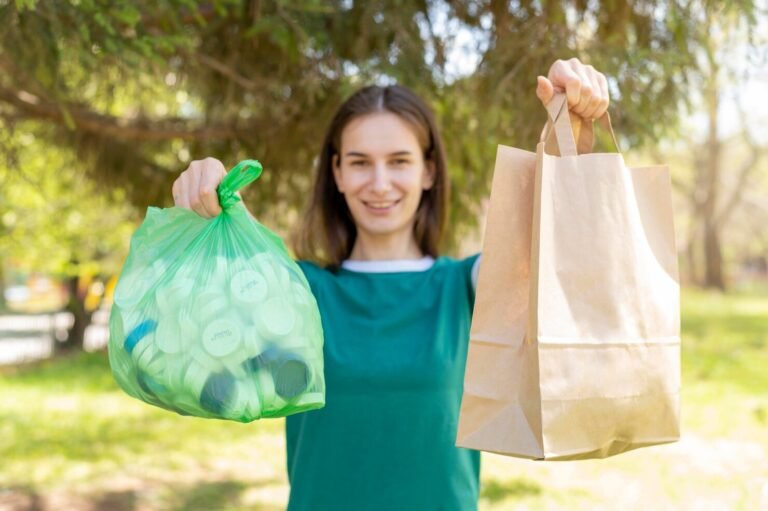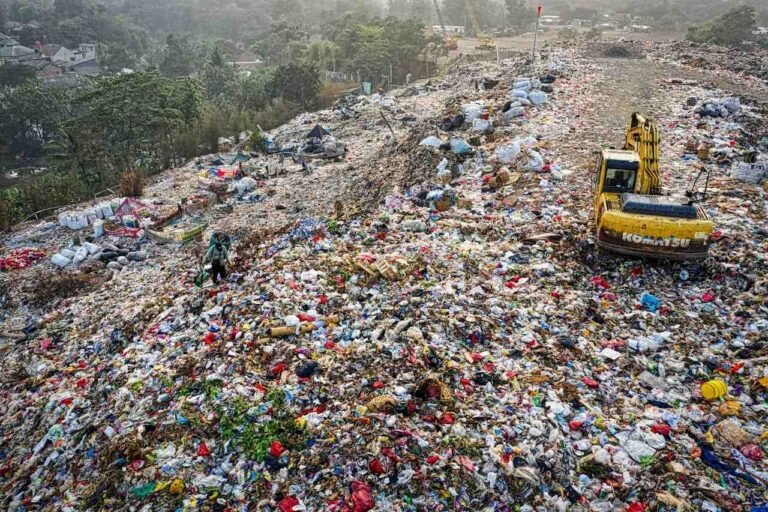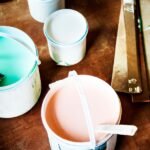Boiling Tap Water Cuts Microplastics and Hardness Matters— Study Finds
Boiling water is one of the oldest safety habits humans have relied on. Now, a team of researchers says the familiar kitchen ritual may also help cut the tiny plastic particles we unknowingly swallow every day. According to a study published in Environmental Science & Technology Letters in 2024, heating tap water can cause minerals already in the water—mostly calcium carbonate—to form crystals that trap nano- and microplastics (NMPs). Those mineral-plastic aggregates either stick to the kettle walls as limescale or sink and can be removed by simple filtration.
The authors tested common plastic types (polystyrene, polyethene and polypropylene) and found that boiling hard water removed large fractions of those particles. The team’s paper shows that heat promotes calcium carbonate nucleation on the plastic fragments, encapsulating and aggregating them so they are no longer freely suspended in the water. That makes the trapped plastics far easier to separate with a household filter or by decanting. “This simple boiling-water strategy can ‘decontaminate’ NMPs from household tap water,” the researchers write.
This is not a claim that boiling destroys plastics. Instead, boiling changes the chemistry of mineral-bearing water, so plastics get caught in newly formed solids. For people who already boil for hygiene—parents making baby feeds, tea drinkers, and households with uncertain supplies—this could be an extra benefit. But the method is not a universal fix: how well it works depends strongly on what’s in your water to begin with.

Why Your Tap Water Matters: Hardness, Numbers and Limits
The single most important factor is water hardness—how much calcium and magnesium a supply contains. In the lab tests from the study, removal efficiency climbed as calcium carbonate concentration rose: in soft water, the reduction was modest, while in very hard samples, the team observed removals approaching the high double digits. Put plainly: the more mineral content you have, the better the boiling trick works. According to the study’s data, removal rates ranged from roughly a quarter of particles in soft water to around 80–90% in very hard water samples.
A compact look at what the researchers reported:
| Calcium carbonate (CaCO₃) in water (mg/L) | Typical result after boiling + simple filtration |
|---|---|
| < 60 (soft water) | ~25% reduction in NMPs. |
| ~80 | ~34% reduction. |
| ~180 | ~84% reduction. |
| ~300 (very hard water) | ~90% reduction. |
Those numbers come from controlled lab tests where researchers added known plastic particles to simulated tap water and then boiled and filtered it. Real-world supplies vary a lot—some municipal systems are soft and low in dissolved minerals; others are naturally hard. That means one household’s quick win could be another’s marginal improvement.
It’s also important to be clear about health evidence. The World Health Organization’s report on microplastics in drinking water stresses that while microplastics are widely detected, their direct health impacts on humans remain uncertain and under study. Boiling may reduce ingestion, but current science still needs better data to say how much risk any given level of microplastics poses over a lifetime. In short: boiling is a promising, low-cost way to cut exposure; it should be seen as one practical step among many, not a final solution.
What the Samples and Scientists Say
This research did not come from a single cup in a laboratory; the authors point to a global sampling effort that found NMPs in a large share of tested tap waters. In their paper, they note NMPs were detected in 129 of 159 tap water samples from 14 countries—evidence that the particles are widespread, even if concentrations vary. Those samples are the real-world starting point that motivated the boiling experiments.
Scientists and reporters who covered the work put it into everyday terms. “At the end of the day, you will always want to limit non-natural things in your uptake,” Chris Reddy, a senior scientist at Woods Hole Oceanographic Institution, told The Washington Post, underlining both the promise and the remaining uncertainty. The same article relayed the researchers’ practical tip: after boiling, let the water cool for five to ten minutes so solids can settle, then pour through a simple household filter—like a coffee filter—to remove the mineral–plastic aggregates..
Lead and senior authors of the study—researchers at Guangzhou Medical University and Jinan University—also framed their findings as complementary to existing water safety practices. Eddy Zeng, one of the paper’s authors, explained in an ACS press release how encrusted material builds up like familiar kettle limescale and can be scrubbed free; any remaining suspended fragments can be captured by pouring through a paper or mesh filter. Their guidance mirrors what many households already do for everyday water tasks: heat, wait, filter.
Not everyone is ready to declare victory. After publication, other scientists publicly commented on the study—pointing out the difference between controlled lab setups and the messy diversity of real drinking supplies, and calling for more testing across particle types, sizes and concentrations. Those critiques are part of normal scientific debate and do not negate the core finding; they do, however, remind readers that a single approach rarely solves a global contamination problem on its own.
What to Do Now: Practical Steps that Work (and What They Won’t)
If you want to try this method at home, follow what the researchers tested. First, boil your tap water as you normally would. After the water reaches a full boil, switch off the heat and wait five to ten minutes so mineral-plastic aggregates can form and settle. Pour the cooled water through a paper coffee filter or a clean fine mesh to capture the sediment. Scrub the kettle periodically to remove limescale so that trapped material doesn’t build up indefinitely. These steps are low-cost and can be done in any kitchen.
If your local supply is soft (low in dissolved minerals), expect a smaller effect. In those cases, a home filtration system designed to catch very small particles—such as a certified reverse-osmosis unit, certain ultrafiltration or high-quality ceramic filters—will be more reliable for removing microplastics. A systematic review of removal methods shows household and municipal filters vary widely in what they capture; not all “water filters” remove nanoscale particles effectively, so check manufacturer data and certifications.
Also, be realistic about limits and tradeoffs. Boiling plus filtration removes a portion of microplastics from drinking water, but it won’t stop plastics in food, air, or other exposures. Boiling does not chemically degrade most plastics—rather, it bundles them up with mineral precipitates. And for people who rely on bottled water, remember that bottled liquids can also contain microplastics; reducing bottled water use and improving tap water quality are complementary goals. The World Health Organization emphasises that further research is needed to understand long-term health risks and the best large-scale interventions.
Finally, there is an upstream choice that matters more than any kitchen habit: reducing plastic pollution at its source. Less single-use plastic production, better packaging design, stronger recycling and safer waste management will lower the amount of plastic that enters waterways and eventually reaches taps. For now, households can use the boiling trick where appropriate, pairing it with good filtration and continued pressure for systemic fixes. Scientists describe the boiling method as an accessible stopgap—useful today while broader policy and industrial changes catch up.
Learn More: Soil Microplastics Pollution Harm Microorganisms and Disrupt Soil Health, Study Reveals
Conclusion
Boiling your water is free, familiar and—if you live where water is mineral-rich—surprisingly effective at reducing microplastic particles in the cup you drink from. It’s not a cure-all, but it is a practical, immediate step you can take while science and policy work toward bigger solutions. According to the published study, the method’s success hinges on water hardness and follow-up filtration; the World Health Organization and independent reviewers stress that more evidence is needed on long-term health outcomes. Taken together, the advice is simple: boil, wait, filter and keep asking for cleaner water at the system level.







